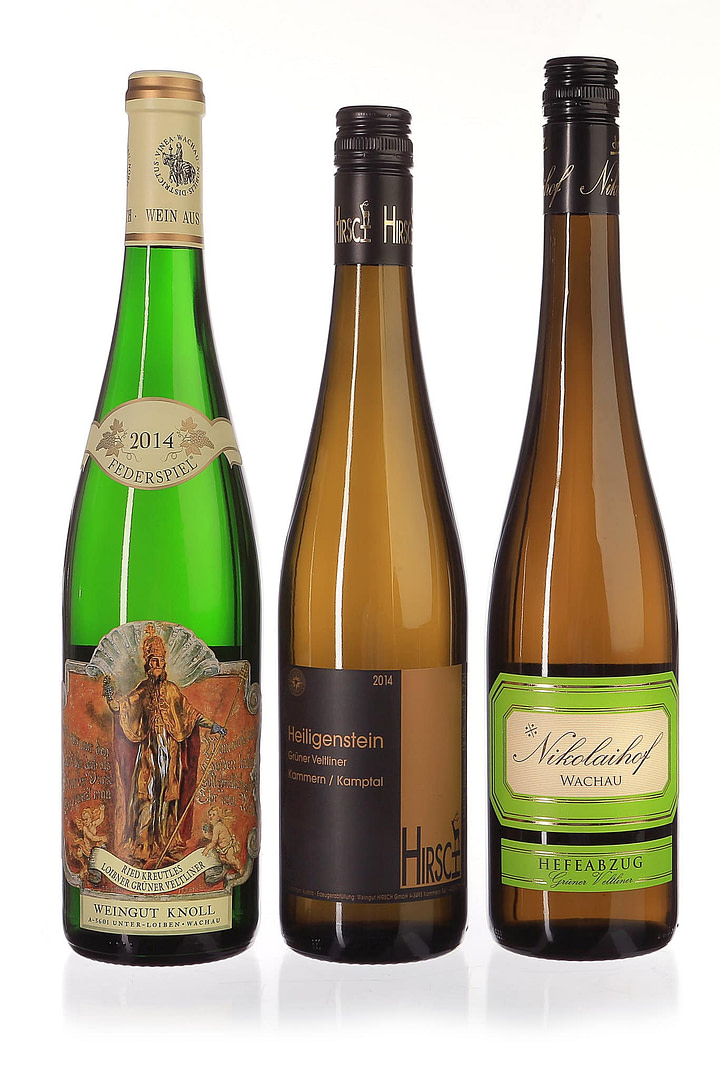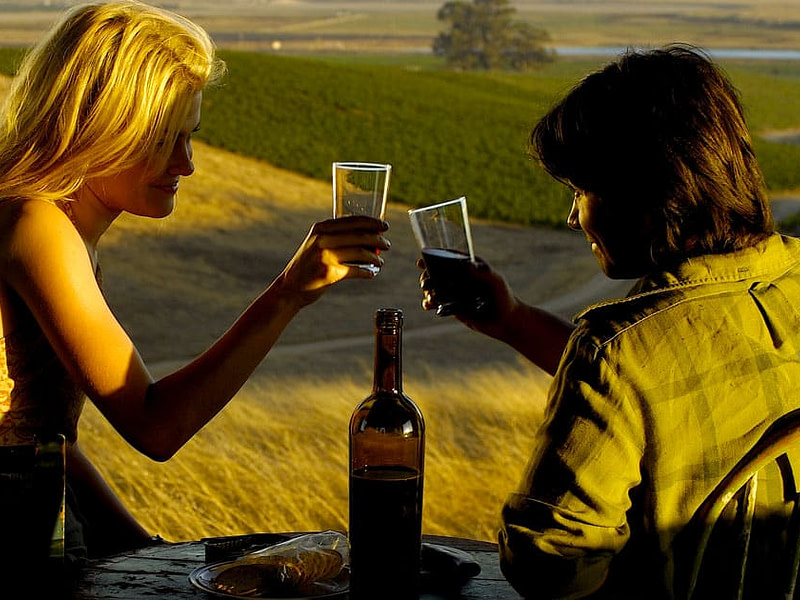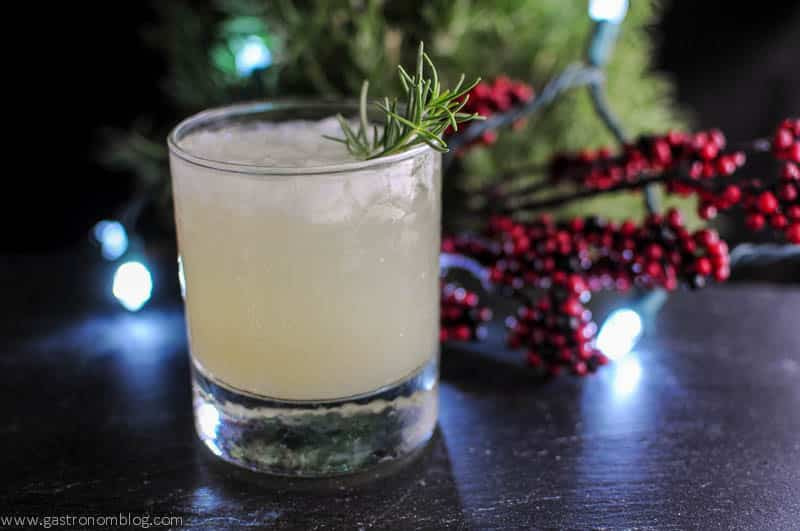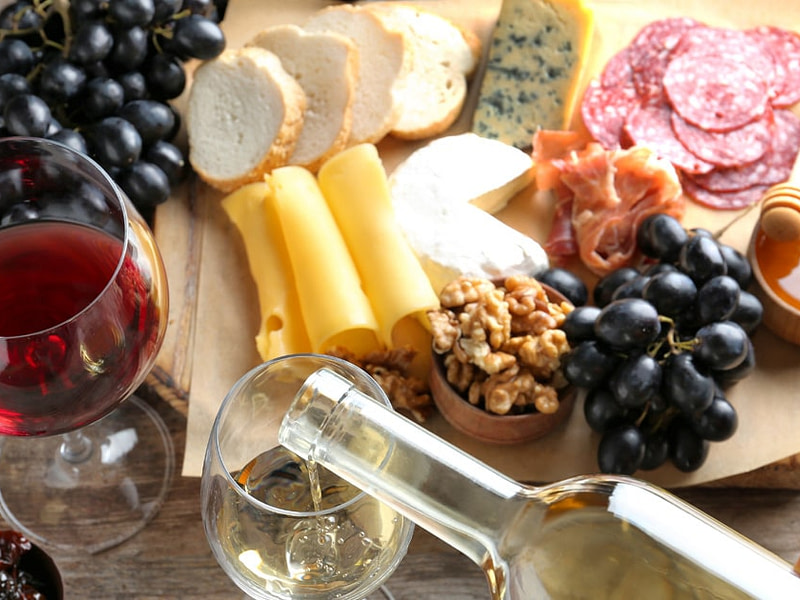
Every Wine Deserves a Second Chance, Even Grüner Veltliner
Every wine lover’s history is littered with grapes, producers and styles that for one reason or another have been cast aside.
Perhaps you’ve simply decided that zinfandel is not for you. Or that Italian wines are too acidic. Maybe you’ve concluded that red wine gives you headaches.
The headache issue is a little like discussing solutions to back pain; everybody comes to his own conclusions for reasons that are as psychological as they are physical. But I would never presume to dispute matters of personal taste. We’re all wired differently, and sometimes even the same wine with the same food can strike two people entirely antithetically.
Yet conclusions can be hasty. Any number of reasons can account for a disappointing experience with a wine, ranging from the food to the weather to emotional turmoil. And if a wine becomes somehow entangled with a bad memory, it can be exiled forever. That cat that avoids even cold stoves after an unexpected singe has nothing on wine drinkers.
At Wine School, we urge everyone to approach the subject in the spirit of exploration. That means not only trying new things, but also checking in from time to time with old things that for one reason or another have landed on the reject pile.
I’m not insisting that you drink that zinfandel until you learn to like it. I’m just saying that it’s a great idea to occasionally re-examine positions that were perhaps taken a few years ago in a different time and in a different mood. Tastes change over time, whether music, books, film or wine.
It’s a lesson I’ve learned, and in the last month, I’ve had to learn it again. Case in point: grüner veltliner.
For the last month at Wine School, we’ve been drinking grüner veltliner, an Austrian wine that I had somehow convinced myself was not for me. I didn’t despise it. I didn’t even dislike it, as I do some styles, for being overbearing or for not pairing genially with food. It was simply that when it was time for a good dry white, something else always seemed more interesting.
I don’t want to argue the relative merits of these other choices, whether riesling, pinot blanc, savagnin from the Jura or carricante from Etna, to name a few. They all have their place. So does grüner veltliner, except I lost sight of it.
Nonetheless, grüner veltliner has become a staple in shops and restaurants, particularly in the warm weather. It is distinctive and unusual, and so it seemed like a good wine for us to examine, even if it was partly because I wanted to reconsider my bias. As usual, I recommended three bottles and invited readers to drink them and share their thoughts by commenting at nytimes.com/food.
Here are the three I selected: Knoll Wachau Loibner Kreutles Federspiel 2014, Hirsch Kamptal Kammern Heiligenstein 2014 and Nikolaihof Wachau Hefeabzug 2014.
The grüner re-examination went very well. I actually loved these wines, or at least the possibilities they offered. And I loved that whatever I had been missing about grüner veltliner before now seemed obvious to me.
The operative term in drinking these wines was the color green, which is rarely used as a compliment when discussing wine. Often “green” is meant to suggest that the grapes were not ripe enough, imparting a vegetal flavor to what may preferably be sweetly fruity. Sometimes it’s used unfairly to denigrate the herbal flavors that are classically a part of cabernet sauvignon or cabernet franc. That’s an interpretation of green worth embracing.
But in grüner veltliner, “green” took on an entirely different meaning. Each of these grüners had a slight vegetal quality that was welcome and delightfully refreshing, like the snap of a crisp green bean at peak ripeness. Green, crunchy, peppery, with a squeeze of lemon and, in the best examples, a strong current of minerality.
The Nikolaihof was my favorite of these wines. “Hefeabzug” indicates that the wine was aged on its lees, the remnants of yeast that remain after fermentation, in the manner of Champagne or good Muscadet. The effect is to give this wine a richness that belies its slender level of 11 percent alcohol.
On the palate, the wine was bright and refreshing, with peppery, citrus flavors, that crunchy green-bean quality and a delicious thread of minerality. This wine was not only great with pan-fried chicken, but it also went beautifully with a summery pasta dish with fresh tomatoes and arugula.
By contrast, the Hirsch seemed a little simpler to me. Its dominant flavor was lemon, with a tinge of green beans and a floral note. It did not seem as incisive as the Nikolaihof, nor was there apparent minerality. I liked it well enough on its own, but a side-by-side comparison was not flattering.
The Knoll, from the Kreutles vineyard, was labeled “federspiel,” a designation indicating that the grapes had been picked at a medium level of ripeness, as opposed to the very ripe designation of smaragd. This system of labeling is used only in the Wachau region, and not always there, as the Nikolaihof, which most likely was the equivalent of a federspiel, did not use the term.
I found the Knoll tart and deliciously green and crunchy, with a note of iodine that reminded me of nothing so much as single-malt whiskey, maybe the first time I’ve ever said that about a wine. It was indeed idiosyncratic yet crisp and refreshing.
I do think the green elements were partly a character of the 2014 vintage, as I’ve had grüners from warmer years that were much fruitier. But I really liked this leaner style, which went great with food. I would also point out that for each of these producers, the choices were among their entry-level wines. If they are intriguing to you, even more distinctive, complex expressions await exploration.
Most readers seemed to enjoy the grüner veltliners, even if the bottles I recommended were not easy to find. Since the flavors that I described as green are unusual to find in wine, I was curious to see how readers might experience them.
Jim M. of Madison, Wis., who drank a 2012 Schloss Gobelsburg, found notes of buckwheat and sorghum, along with mineral flavors. Svetlana of Toronto, who described herself as an “avid grüner enthusiast,” said the wines often have the aromas of “white pepper, lentils and other vegetal notes,” though she added that riper versions can be exotically fruity.
On the other hand, terms like “lentil” and “sorghum” did not move Dan Barron of New York. Rather, he experienced the wine strictly in relation to how it enhanced a meal. The Nikolaihof with Indian food was “quiet, forgettable,” he said, but with grilled scallops it became “a quiet, enigmatic force field of a wine,” which I think he meant as a good thing.
Readers seemed to feel that these grüners went well with food. VSB went so far as to call them “ridiculously versatile,” though Sean McCarthy of Wainscott, N.Y., who drank a Hirtzberger grüner veltliner, found it “flat and watery” with hamburgers. He wondered whether a more traditional pairing would have been better but said, “I doubt the conclusion will change.”
Sean, I hear you. But give it a year or two. Try some other grüner veltliners with the sort of food it was meant to accompany (you can’t go wrong with schnitzel). You may feel the same way afterward, but you may not. That’s one of the things so fascinating about wine.
Source: NY Times





